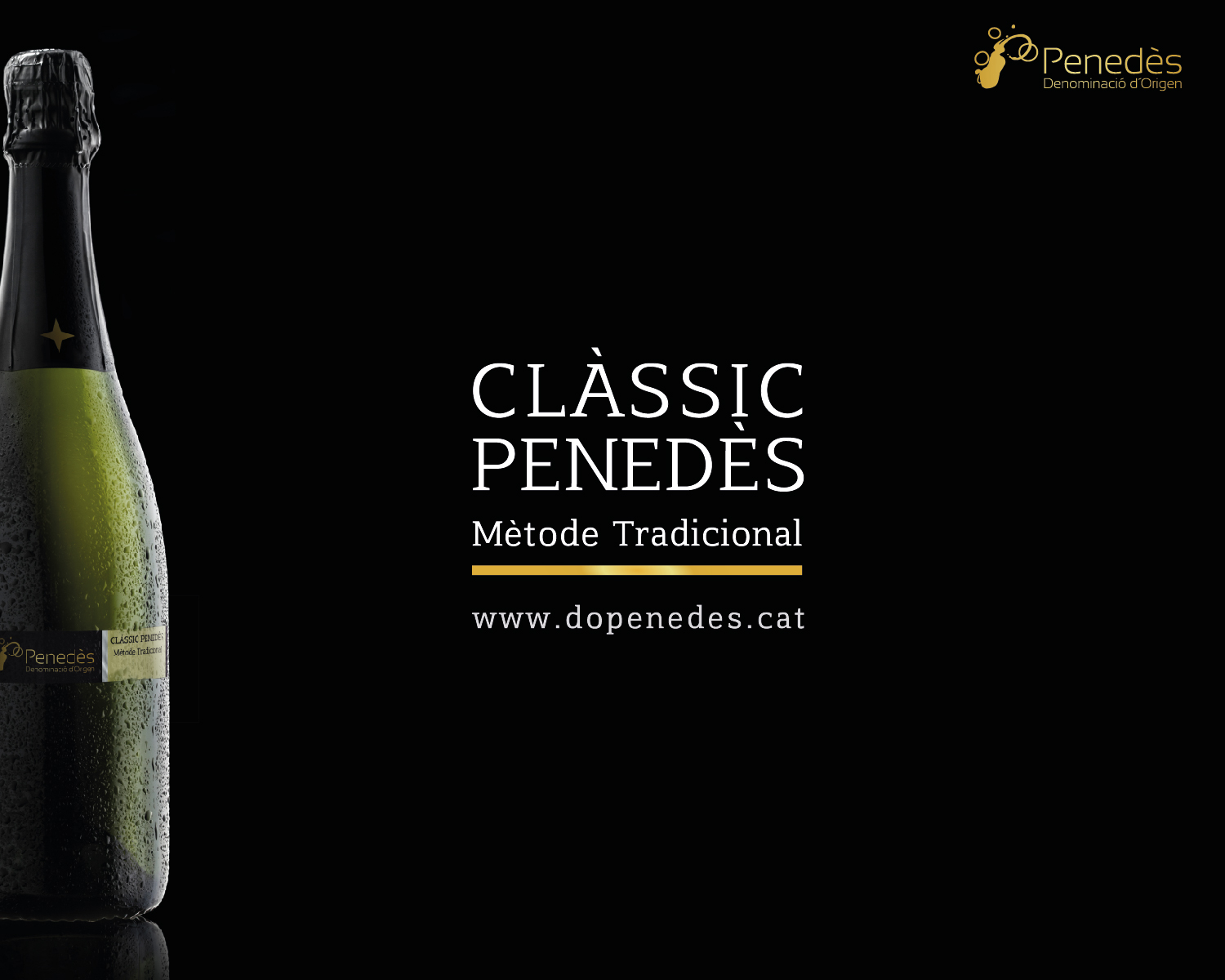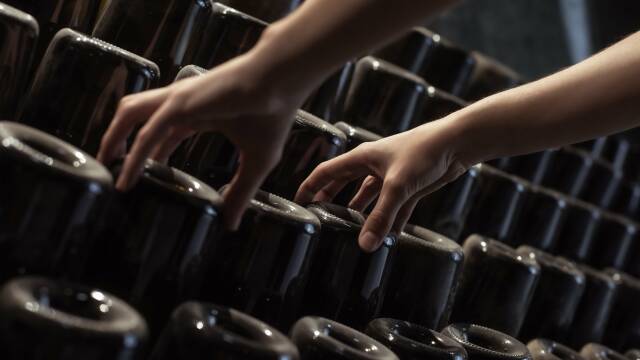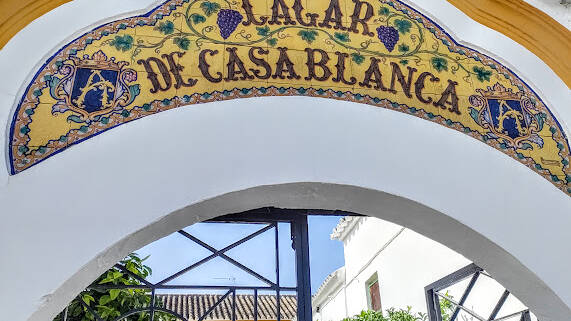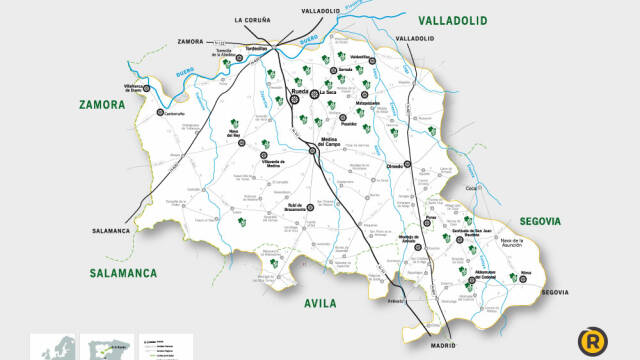There is an excess of homogeneity around the mid-range Cavas, the most voluminous ones, which makes the differences between producers almost non-existent and their tasting somewhat tedious.
The Cavas de Paraje (minimum ageing of 36 months) barely represent 0.004% (2021). However, although they are growing very slowly (more than we would like), they are becoming the spearhead of the D.O. Many of them respond to what is expected of a high quality Cava. Their long ageing around a quality grape adds a greater palette of aromas and flavours, while the bubbles become creamier and finer.
The biggest stylistic differences in many of the sparkling wines of Cava can be found in the varieties chosen for their production, whether it is the classic Catalan trio of macabeo, xarel.lo and parellada, or the contribution and prominence of chardonnay. Not all long ageing processes turn out well. We have found some examples of wines whose base wine is not prepared for this ageing, which leaves us with fatigued wines, where the lees do not work as they should, leaving in some cases very unpleasant sensations.
10 Cava wines will enter this year in the podium of the Peñín Guide, one more than last year, with the Alta Alella winery at the head with its wine Alta Alella 10 Brut Nature 2010, a wine that returns to the consideration of the Guide for the third consecutive year, and in which we do not see a near end. Castell Sant Antoni, Codorníu, Pere Ventura, Juvé & Camps and Agustí Torelló Mata, are the houses that make up the rest of this year' s great podium wines.
You can consult the latest Cava tastings carried out by our team by clicking here (Only for premium users).
The unique situation of Cava as a Denominación de Origen linked to very different territories is still a difficult subject to digest for consumers, who are used to linking a D.O. to a single territory. We continue to believe that the best future for the word Cava would be to become, rather than an appellation, a product appellation, that is to say, one that would protect and monitor any sparkling wine of secondary fermentation in the bottle made anywhere in Spain by means of its label of qualification.
The Giants of Sparkling Wine
Although we are now going down a step in the categories of wine in Spain by talking about "Sparkling Wines", the fact is that they have been the elite of the wines produced using the champenoise method for many years now. A total of 91 wines fall into this category, which is a sort of hodgepodge where all kinds of bubbly wines coexist, but where the top producers who were once part of Cava, such as Raventós i Blanc, the first to abandon ship in 2012, and many of the members of Corpinnat, including Gramona, Recaredo, etc., undoubtedly reign supreme.

 Log in
Log in










